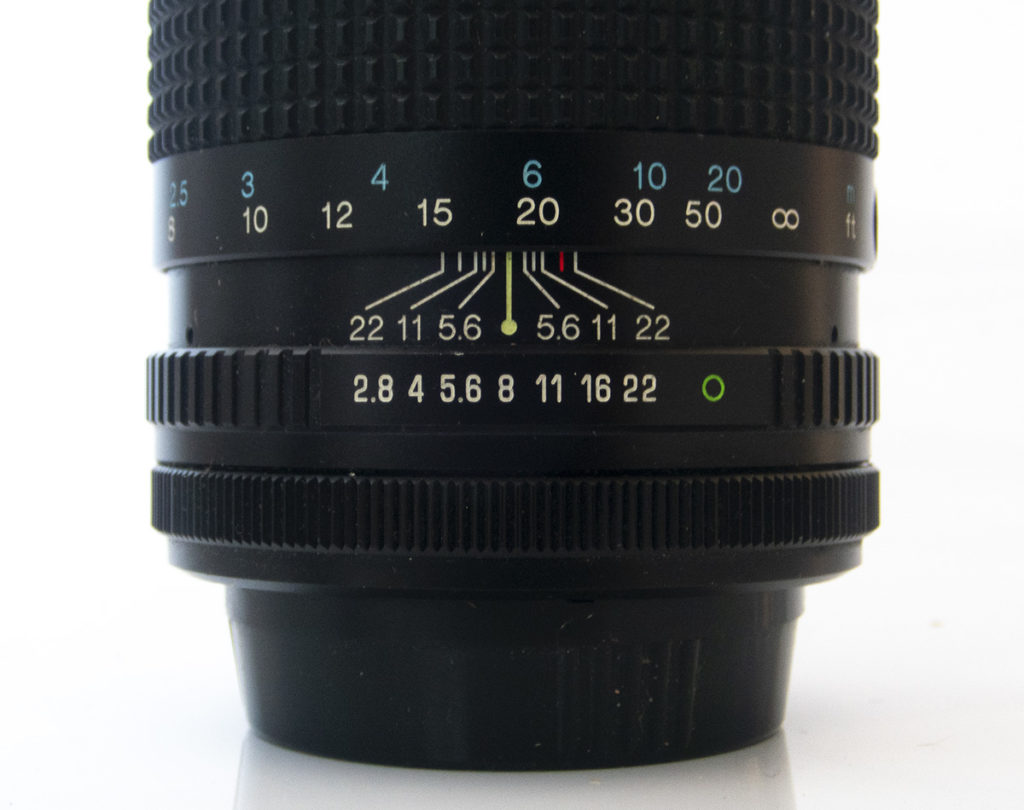
When it comes to exposing my photos, I think in “stops.” Half stops, full stops, multiple stops, traffic stops, bus stops. No wait, scratch those last two.
I’m not sure where the term ‘stop’ comes from (maybe Wikipedia knows) but I think it comes from the days when we would would turn our aperture ring and it would stop with a click at certain points along the dial. The same thing was true with the shutter speed dial. Each click (each stop) of the dials would decrease by half or double the amount of light allowed to hit the film.
So what does it mean to think in stops when taking photos? It means getting an intuitive sense of exposure and controlling how bright or dark you want your photos to be.
Most scenes have a range of brightness. If the range is narrow, meaning that bright areas aren’t more than two or three times brighter than dark areas (a couple of stops difference), you get a relatively normal looking photo. If the range is really wide with bright areas four or more stops brighter than the shadows, then the photo will be more contrasty and either the brightest areas of the darkest areas won’t come out well.
That’s called latitude, which is the ability of the camera’s sensor (or film) to render brighter areas along with darker areas. The wider the latitude, the more forgiving in terms of exposure.
When I look at a scene, I typically think about this range. How many more stops brighter are my bright areas than my dark areas? How am I going to handle it? How am I going to expose my shot? Is it ok to blow out the highlights (i.e, to totally over expose them) or is it better to let the shadows go black?
Also, how does my exposure meter behave? It seems like it’s always wrong, giving me shots that are too dark or too light. (stupid meter) So I’m constantly adjusting, upping the exposure or lowering it by increments. And in the back of my mind I’m thinking latitude and what can I pull out of the image when I’m post processing. If things are more than 2 stops under or over exposed I lose quality in my image if I try to adjust it.
I’ll always glance at my LCD screen to see if I’m in the range of a good exposure. Often I check the histogram, too, to see where that hump is.
The more I think about and work to control my exposures, the more aware I become about the values of light in my scenes. It makes picture taking more fun.
The tricky bit is being able to “see” how much light is twice as much, or half as much. For example a “bright” cloudy day has only one-fourth as much light as full sun. And slightly heavier overcast is only half as much light again, so just one-eighth the lite of full sun. These small differences can be hard to think of as doubling or cutting in half.
Yup, sounds about right. Still, I think in stops. Stop up, Stop down. Stop on a dime. Stop the world.
And some goes. Go for it. Go get ’em. Just go it.